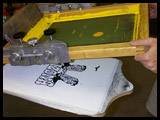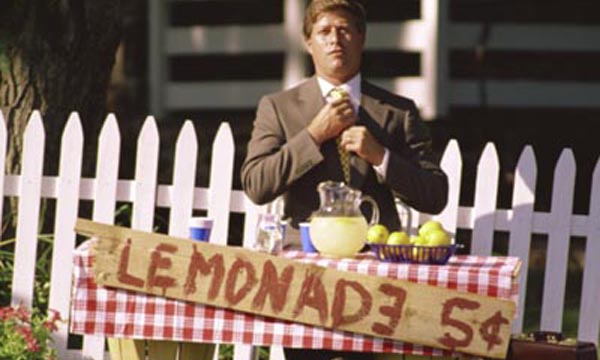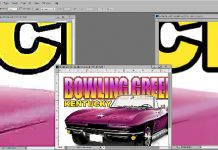This article is like a broken record and the reason I write about basic screen making is I am constantly reminded how confusing it can be to a newcomer AND a seasoned professional
– and it never stops amazing me how much bad information is given out by industry suppliers.
I do color separations all day long for a living – among other things. I have two types of accounts. My best accounts are established printers who know how to hold small halftone dots on screens. They know that the secret to good high-end CMYK and Simulated Process prints is to “hold the dots.”
My problem accounts are printers who are either new or have been printing spot color but never halftones. They just seem to struggle with holding small dots on screens and they often get bad advice from suppliers (like using capillary film… but that’s another story).
Today was one of those days. I spent two hours on and off the phone trying to teach someone how to hold halftone dots on the screen. I did a great set of separations for this customer but he complained that there was no detail when he did his first test print. I told him to compare his film to the actual screen. He was shocked. All the small halftone dots on the film were gone on the screen. To me is was an obvious way to troubleshoot but to someone who is use to burning spot color it was assumed a screen is a screen.
Here is what I did to help him:
- First, I established that he was using very tight screens. He said he was using roller frames (and had for a long time) and that he had a tension meter and worked hard to hold a minimum of 25 newtons. That was the right answer.
- I asked how he was coating his screen. He gave the right answer. He was using a direct emulsion and using the sharp edge of the coater. He coated the underside once followed by the inside once. A good start. I recommended on the underbase screen to give it a second coat on the bottom – after the first coat was dry.
- I asked how good his films were. He said he was using a software RIP (for halftones and to lay down more ink) and was printing to an Epson 1400 printer (Epson uses similar but different model numbers in different countries). This printer uses dye based ink. That’s a good thing. He swore his films were very dense.
- I asked what brand of emulsion he was using. He said it was a one-part. That tells me he is using a pure photopolymer emulsion that has a long shelf life. It sounds great but the fact is these emulsions are very fast and don’t have the latitude of exposure times a two part emulsion has. Obviously – his supplier recommended this. I would have recommended a two-part “dual cure” emulsion. They are forgiving, fairly fast, and easy to use. They have a three month shelf life when mixed.
- He was using 305 mesh (120 in cm) mesh for all the colors per my directions. I asked how long he was exposing and what his light source was. He was using a 1000 watt mercury vapor bulb in a professional unit with a vacuum blanket. Good. He said he burned his everyday 125 mesh (49 in cm) mesh for two minutes AND HIS SUPPLIER SAID TO GO LONGER FOR HIGHER MESH so he was going four minutes for the 305 mesh! Wow. I about fell off my chair. You never go longer for higher mesh. The longer you go the more the exposure light burns around the dots AND the emulsion coating is MUCH thinner on a thinner screen mesh. No wonder he could not hold the dots on the screen.
- I asked him what his halftone frequency (LPI) was and what angle and dot shape he was using. He said he used my recommendations of 55LPI at 25 degrees with a dot shape of ellipse. Good call! The right answer.
I told him to try 30 seconds for the 305 mesh and he laughed….. “that will never work… all the emulsion will wash away.” I laughed…… “trust me.” In fact with a pure photopolymer emulsion he might have been able to go down to 20 seconds. The problem is 30 might be too long. Too fast!
How does this story end. He called back two hours later. He was able to hold dots as small as 5%!! Now that’s a very good thing. He could not believe he could expose as low as 30 seconds. He set up the press and had made a test print and was blown away by the night and day difference. All the small details were there and the gradations were smooth. His print actually matched the original and the seps.
My final advice to him was to buy a two-part dual-cure photopolymer emulsion which will give much more latitude and it will be very forgiving. Yes, you have to mix it. It is a small price to pay for holding a 5% dot!
Remember…… HOLD THOSE DOTS!













